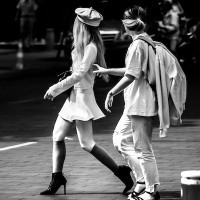-
Recently Browsing 0 members
- No registered users viewing this page.
-
Similar Content
-
- 16 replies
- 418 views
-
- 6,025 replies
- 561,728 views
-
- 738 replies
- 80,848 views
-
- 3,363 replies
- 311,997 views
-
- 5 replies
- 499 views
-





Recommended Posts
Join the conversation
You can post now and register later. If you have an account, sign in now to post with your account.
Note: Your post will require moderator approval before it will be visible.